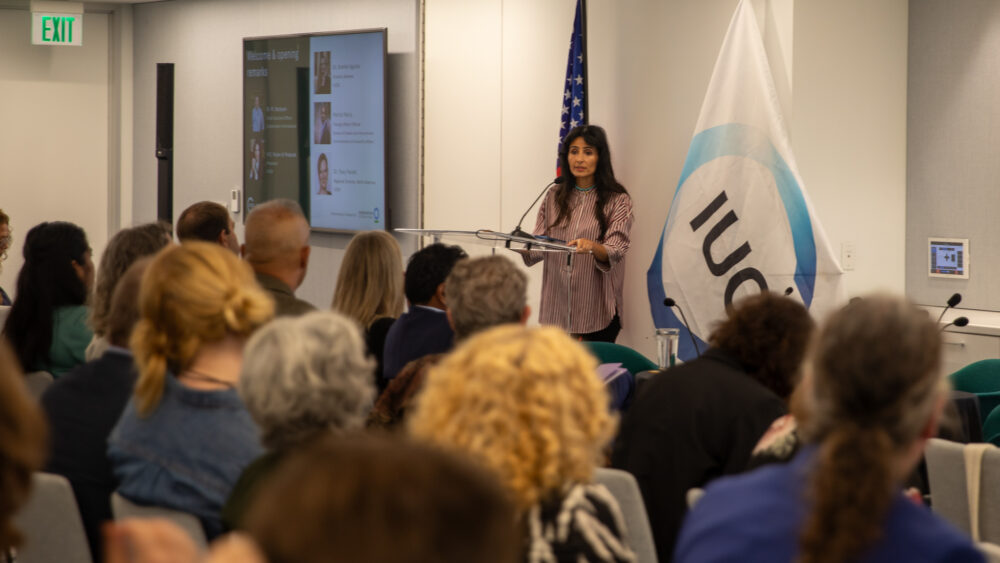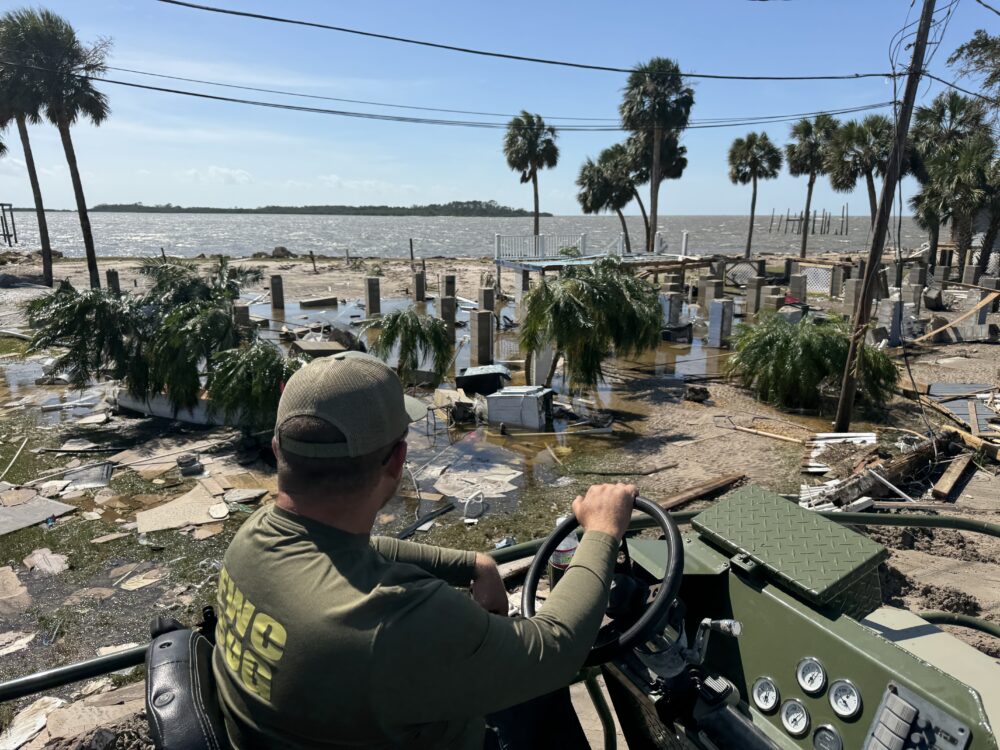We have much more to do and your continued support is needed now more than ever.
Louisiana Uses Discarded Christmas Trees to Fight Wetland Loss
The Gulf oil disaster put a national spotlight on Louisiana’s long-running battle with coastal erosion. From freshwater diversions to barrier island restoration, the state and its citizens have long used any and every method available to slow down wetland loss and help reclaim the state’s vanishing coast.
Every January for the past 20 years, thousands of Louisiana residents have also sent their discarded Christmas trees down to the wetlands to join the battle.
Christmas tree recycling started as a state-funded program in Louisiana in 1990. The trees are used to make barriers that prevent erosion and help limit the impacts of wave action.
The branches and leaves of the trees help keep sediment in place similar to the way sea oats do on beaches. As it creates a natural levee, it helps fortify the marshes and allows aquatic plants to grow more easily in the calm pools behind it. The idea was adopted from the Netherlands by Louisiana State University researchers and studies have shown that Christmas tree fences can build up an inch of sediment every two years.
Marnie Winter, director of the Jefferson Parish Department of Environmental Affairs, said that since 1991, more than 750,000 trees have been recycled in the Barataria Basin. Around the first week of every year, the parish collects curbside trees, transports them to the marshes and uses volunteers to help place them in the marsh. While it helps restore small areas of land, Winter said the biggest benefit of the program is bringing awareness to the public.
“It brings the plight of out wetlands out into the public and gives locals a feeling like they are doing a small part to fix the problem. People usually make sure they get their tree on the curb in time,” said Winter.
That awareness of coastal land loss has grown significantly since the start of the Gulf oil disaster but tree recycling has been sidelined in much of the state this year because of a loss of funding. The state cut the $175,000 program out of the budget this year, saying that it did not yield meaningful results and was not the best use of resource for restoration.
Nevertheless, some parishes are continuing the program on their own dime and through the help of volunteers. Those include programs in the Big Branch Marsh National Wildlife Refuge, Goose Bayou near Jean Lafitte and in Bayou Gauche.
Robert Moreau, manager of the Turtle Cove Environmental Research Station in Manchac, is moving forward with the recycling program through help from sponsors and Southeastern Louisiana University. Turtle Cove, which participated in water monitoring of the lake during the Gulf oil disaster, has placed more than 2,000 Christmas trees in the Pass Manchac and Jones Island area since 1995. Moreau said they have not only prevented some marsh loss but have helped grow approximately 8 acres of land in one area where tree efforts were combined with marsh grass planting.
“When you deploy these things, they create a sediment trap and really help the shorelines with erosion protection. We’ve seen the benefits and know it’s a good program,” said Moreau.





















